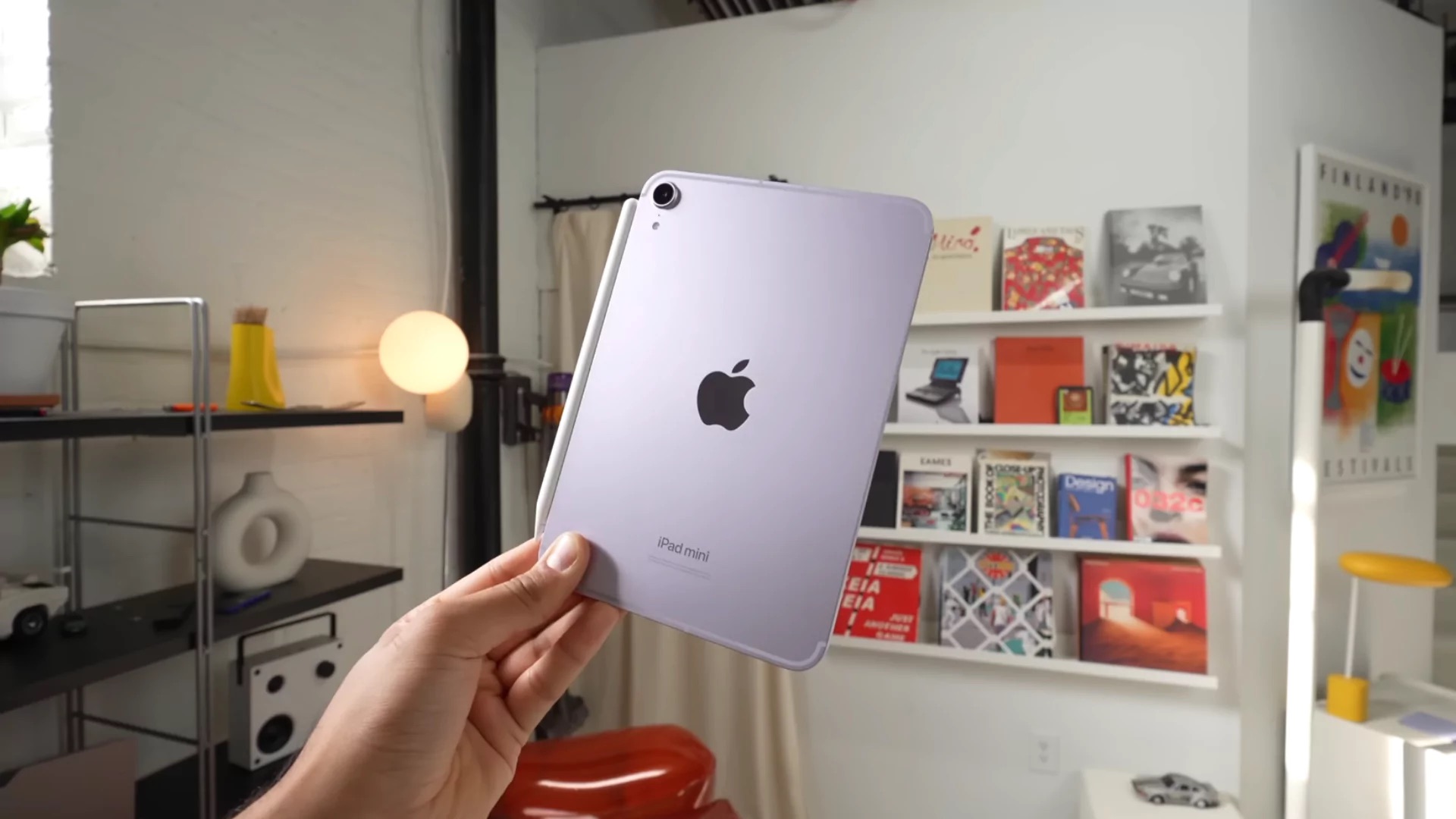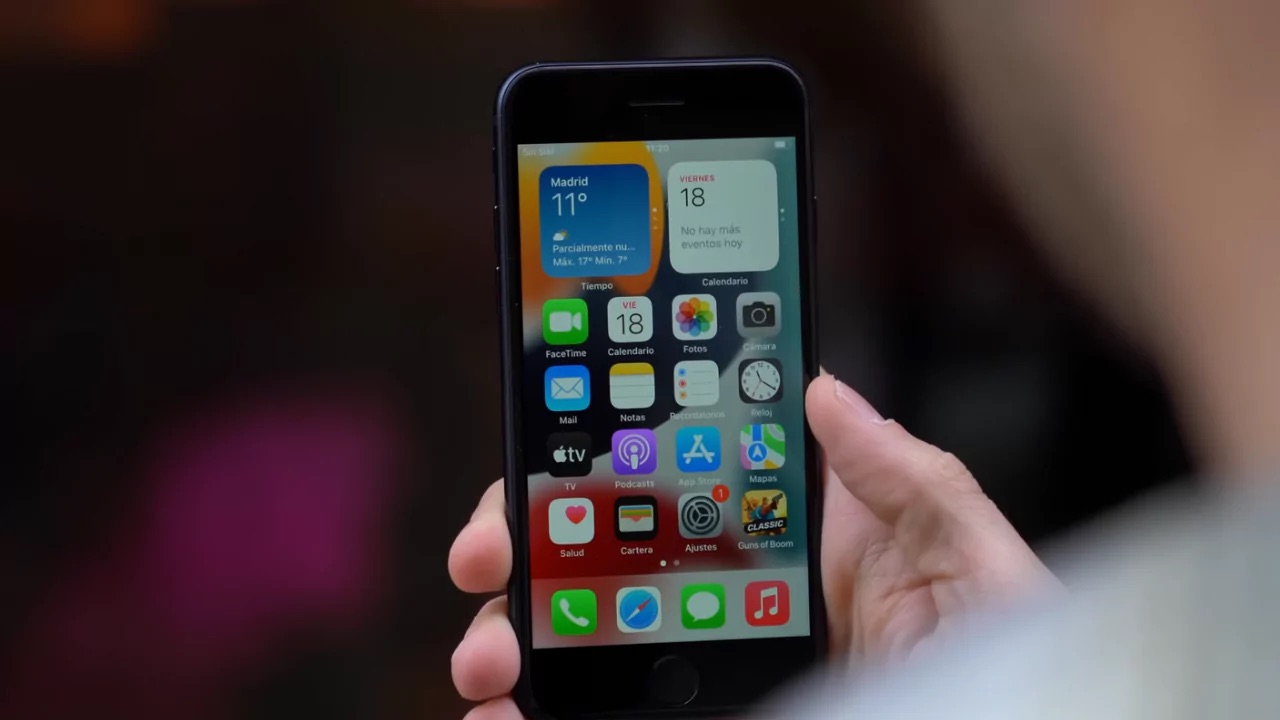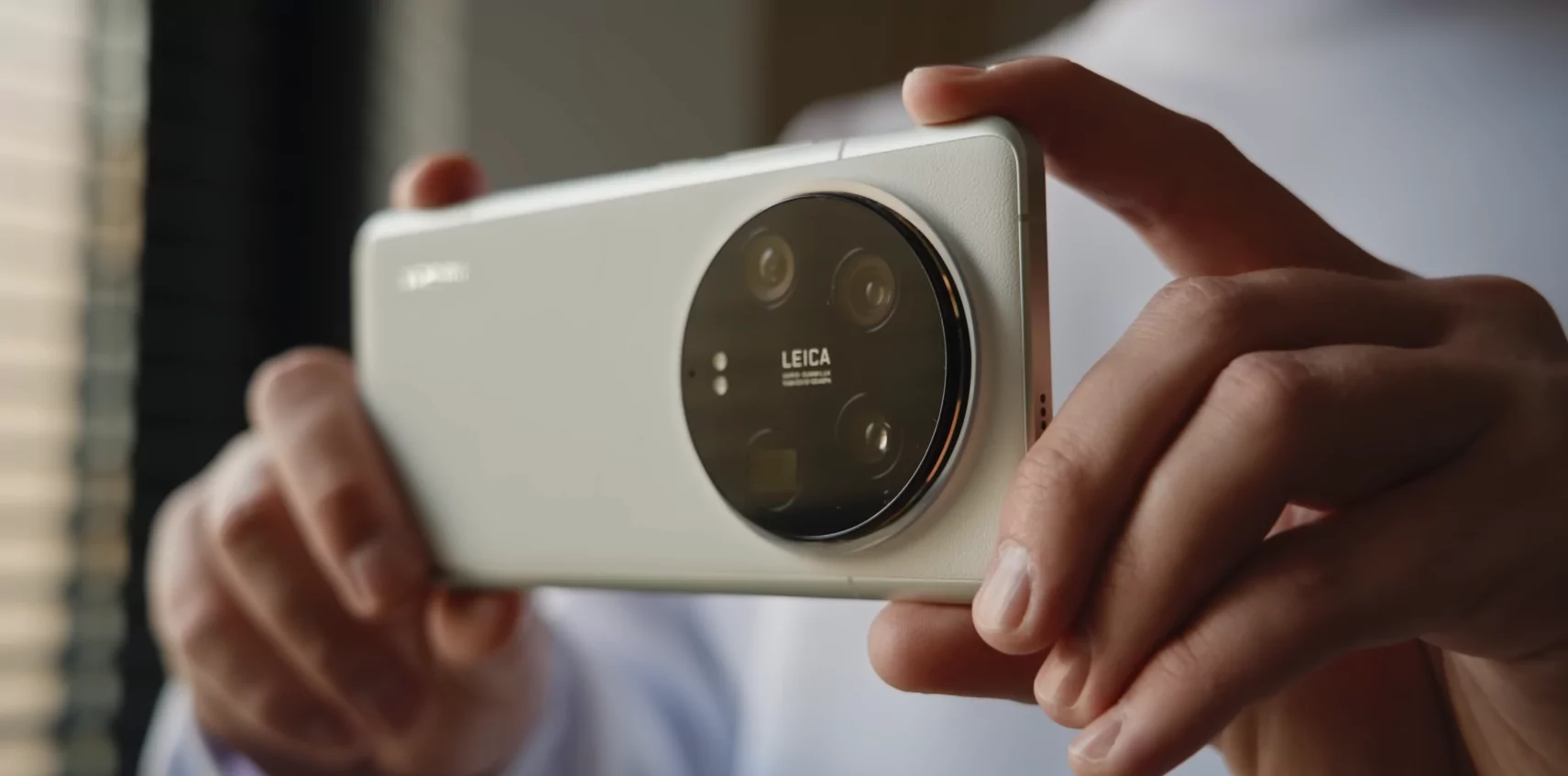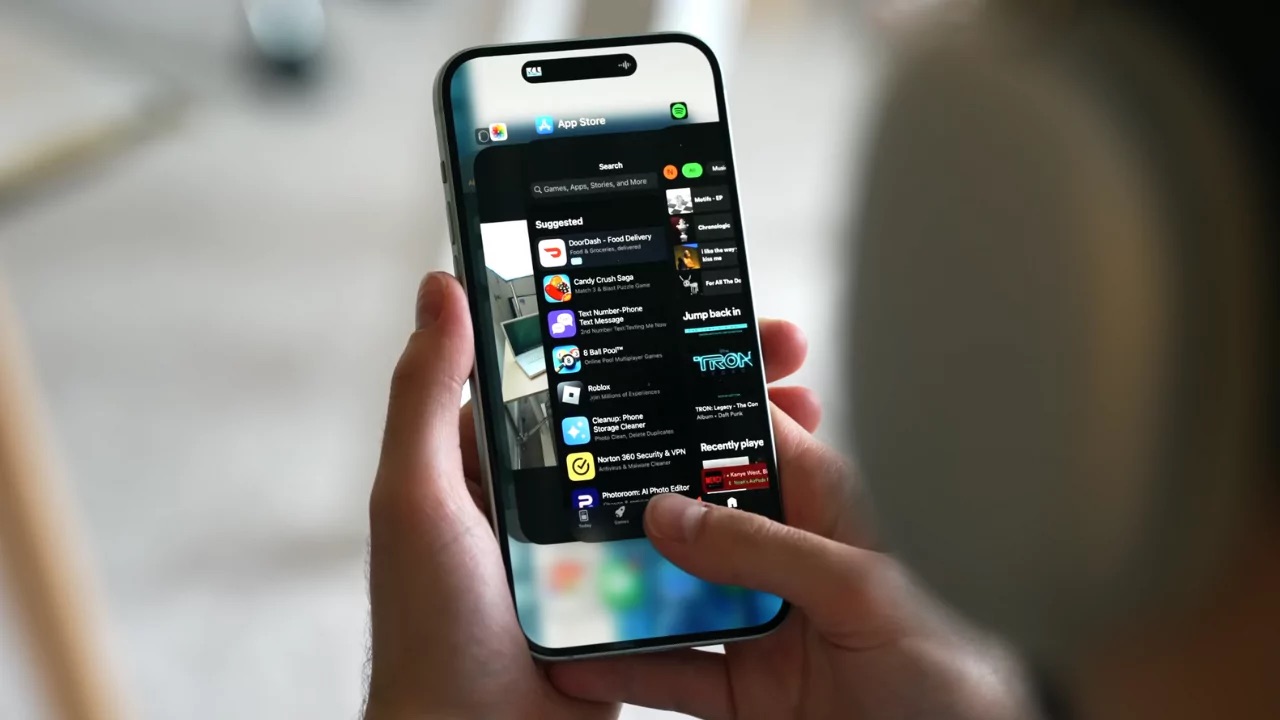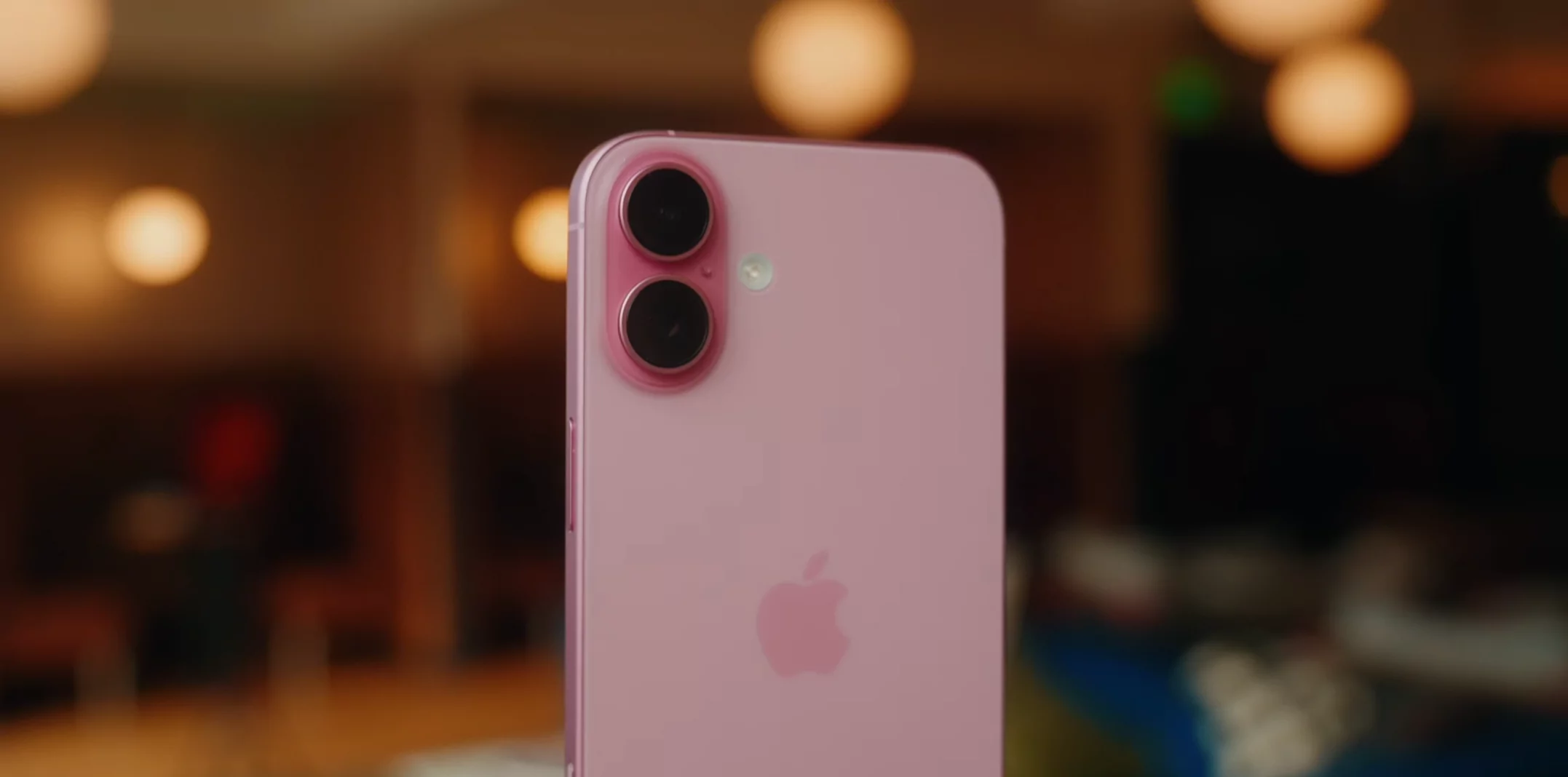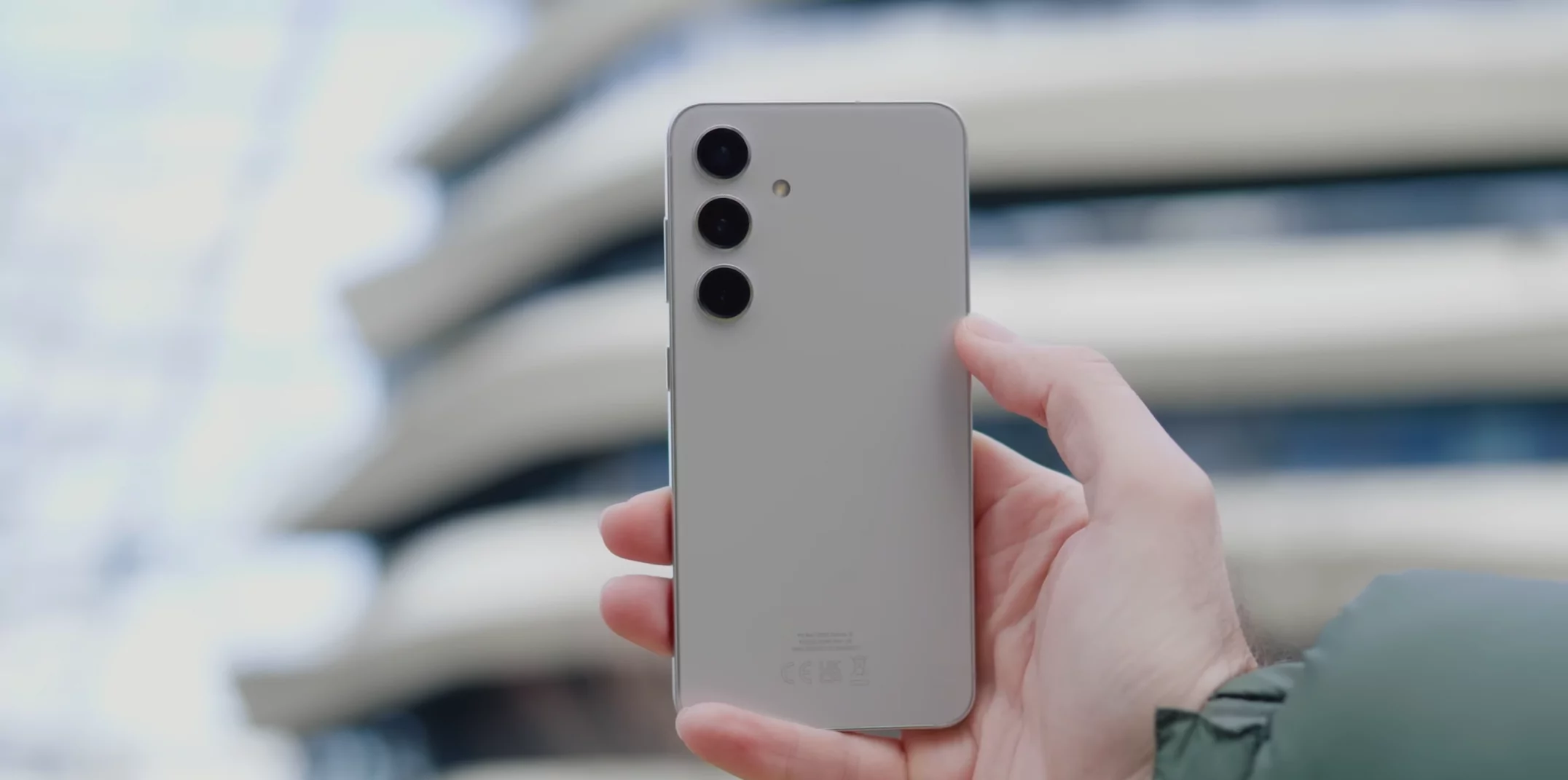iPhone 16 After 5 Months of Use Review: Great But This One Might Be Dealbreaker

Hey everyone! Today, i want to share my personal journey with the iPhone 16. Yep, after 5 whole months, I’ve got thoughts—some expected, some surprising. But before we start, let me ask: How many of you are still rocking an iPhone older than the 13? Drop a comment! Let’s see who’s ready for an upgrade.

Apple’s base iPhones have always been… predictable. Remember the iPhone 13 to 15? Same diagonal cameras, same colors. But the iPhone 16? It’s different. Apple finally listened. Let me explain.
A little backstory: The iPhone 16 launched with a lot of hype. Apple’s been pushing its “Apple Intelligence” features, and this phone is designed to be the flagship for that. What’s interesting is that Apple decided to include some features usually reserved for the Pro models, like the new camera control, in the base model iPhone 16. So, is it worth the hype? Let’s find out.
Design & Display
Alright, let’s take a look at the design and display – two areas where the iPhone 16 makes some interesting choices, some I love, and some… well, let’s just say they leave me scratching my head a little.
First off, the design. Remember when Apple introduced that diagonal camera bump? It was a bold move, and honestly, I got used to it. But with the iPhone 16, they’ve gone back to a vertical arrangement. It’s a bit of a retro vibe, but it feels fresh at the same time. It’s like Apple saying, “Hey, we heard you. We’re bringing back the classic, but we’re doing it better.” And you know what? I think they nailed it. It’s clean, minimalist, and dare I say, elegant. It reminds me of the iPhone 5, but obviously much more modern. I remember when the iPhone 5 came out; everyone was obsessed with its sleek design. It felt so premium. The iPhone 16 gives me a similar feeling, but with the added bonus of supporting spatial recording. This is a pretty cool feature that I think will become more popular in the future. Apple usually sticks with a design for a few generations, so this vertical camera bump might be here to stay for a while. That’s good news if you’re someone who likes their phone to feel current for a while. Think about the iPhone 13 and 14 – they shared a similar look. So, if you pick up an iPhone 16, you can be pretty confident that it won’t look outdated anytime soon.
The color options are also fantastic. Apple always has a knack for choosing colors that are both trendy and timeless. They’re vibrant and eye-catching, but they also have that signature Apple sophistication. I’ve got the teal one, and honestly, it’s gorgeous. It’s the kind of color that makes you want to show off your phone. I remember when I got my first colorful iPhone, it was a game-changer. Everyone had black or white phones, and mine was bright blue. It was such a statement. The iPhone 16’s color options definitely bring back that feeling.
Now, let’s talk about the display. This is where things get a little… complicated. Technically, it’s a Super Retina XDR OLED display, which means it’s bright, colorful, and offers excellent contrast. Perfect for watching videos, browsing the web, or just scrolling through your Instagram feed. I’ve been using it for everything from watching movies on the go to editing photos, and it’s performed admirably. No complaints about brightness or color accuracy. Even outdoors, in bright sunlight, I can see the screen clearly.
But here’s the thing. It’s still a 60Hz refresh rate. And in 2025, that’s just not good enough. For $799? C’mon, Apple. Almost every other phone in this price range offers 120Hz, or even higher, refresh rates. And honestly, the difference is noticeable. A higher refresh rate makes scrolling and animations look so much smoother. It’s like going from driving a car with a bumpy suspension to one with a smooth, luxurious ride. Once you’ve experienced it, it’s hard to go back. I’ve tried playing fast-paced games on the iPhone 16, and that 60Hz cap is definitely noticeable. It’s not a deal-breaker, but it’s definitely a disappointment. Apple, please, at least give us 90Hz in the next iteration! I know iOS animations are optimized for 60Hz, and they do look smooth. But still, the lack of a higher refresh rate is a definite drawback.
So, the design is a win for me. It’s a modern take on a classic Apple aesthetic. But the display? It’s a mixed bag. The quality is excellent, but the 60Hz refresh rate is a major letdown. It’s something I hope Apple addresses in future iPhones. It’s like they’ve built a fantastic sports car but forgot to upgrade the tires. It’s still a great car, but it could be so much better with a simple upgrade.
Performance
Now let’s talk performance: This is where the iPhone 16 truly shines. The A18 chip is a beast. It’s a huge leap from the A16 in the iPhone 15. This chip handles everything I throw at it with ease. Triple A games? No problem. Multitasking? A breeze. And it’s this A18 chip that unlocks the potential of Apple Intelligence. The iPhone 15, even though it’s only $100 cheaper, misses out on these AI features due to the older chip. Apple also addressed thermal management, something that was a concern in previous models. They’ve introduced a new thermal system, including graphene, which is excellent at dissipating heat. So, you can push this phone hard without worrying about it overheating.
Battery Life
Battery life on the iPhone 16 is solid. I can easily get through a full day on a single charge. No complaints here.
Camera
Alright, let’s talk cameras – my favorite part! The iPhone 16 camera system is a real treat, and it’s seen some thoughtful upgrades. Remember when we used to drool over the Pro models’ camera features? Well, Apple’s democratizing some of that tech, which I think is fantastic.
First off, that 48 MegaPixel main sensor. It’s not just about the megapixels; it’s how Apple uses them. They call it a “Fusion Camera” because it cleverly combines data from different parts of the sensor to create incredibly detailed images. You could see individual leaves on the trees miles away!
And speaking of zooming, the 2x optical zoom is a game-changer. It’s so much better than digital zoom, which just blows up the pixels and makes everything look blurry. With optical zoom, it’s like you’re physically moving closer to the subject.
Now, the Ultra Wide camera is perfect for those sweeping landscapes or getting those group shots where everyone fits in the frame. But what’s really cool is its macro capability. You can get incredibly close to tiny objects and capture details you wouldn’t normally see. I was experimenting with it in my garden, and I got some amazing close-ups of flowers and insects. It’s like a whole new world opens up!
Apple has also been pushing computational photography, using AI to enhance images. It’s not just about making pictures brighter; it’s about understanding the scene and optimizing it for the best possible results. It’s subtle, but it makes a big difference. I’ve noticed that my photos have more dynamic range, meaning they capture details in both the bright and dark areas of a scene.
But here’s something even cooler: the Audio Mix feature. It’s like having a mini sound studio right on your phone. You can actually edit the audio in your videos to reduce background noise and amplify the voices you want to focus on. Imagine you’re shooting a video of your kid’s soccer game. You can reduce the noise from the crowd and really make their voice stand out as they score a goal. It’s a fantastic way to make your videos more immersive and engaging.
Connectivity
Connectivity-wise: The iPhone 16 supports 5G, which is essential these days. It also uses USB-C, which is great for future-proofing. However, it’s important to note that the USB-C port on the iPhone 16 is USB 2.0, not the faster USB 3.2 found on the Pro models. This means slower data transfer speeds. It’s a bit of a letdown.
iOS 18 and Apple Intelligence: Promising, But Still Needs Work.
iOS 18 is smooth and intuitive, as always. Apple Intelligence is the big focus here. It’s still early days, and some features are limited, but I’m excited to see how it develops. The AI-powered object removal tool in photos is genuinely impressive. It’s like magic.
Downside
Okay, let’s talk about the downsides. The biggest issue, as I mentioned earlier, is the 60Hz display. It’s a significant disadvantage compared to the competition. The USB 2.0 speed is also disappointing. And while Apple Intelligence has a lot of potential, it’s still in its early stages and has limitations.
Verdict
So, after five months, how do I feel about the iPhone 16? It’s a solid phone with a lot to offer. The performance is excellent, the camera is great, and the battery life is reliable. However, the 60Hz display and the USB 2.0 speed are significant drawbacks. If you’re coming from an iPhone older than the iPhone 15, this is a worthwhile upgrade. You’ll get a significant performance boost, a better camera, and access to Apple Intelligence. However, if you already have an iPhone 15, the upgrade is less compelling. Unless you absolutely need the A18 chip and Apple Intelligence, you might want to wait for the iPhone 17, which is rumored to have more significant upgrades. I would also suggest considering the iPhone 16 as a secondary or companion device. It’s a great phone for specific tasks, like photography or gaming, without replacing your primary device.
Thank you! Let me know your thoughts on the iPhone 16 in the comments below.
